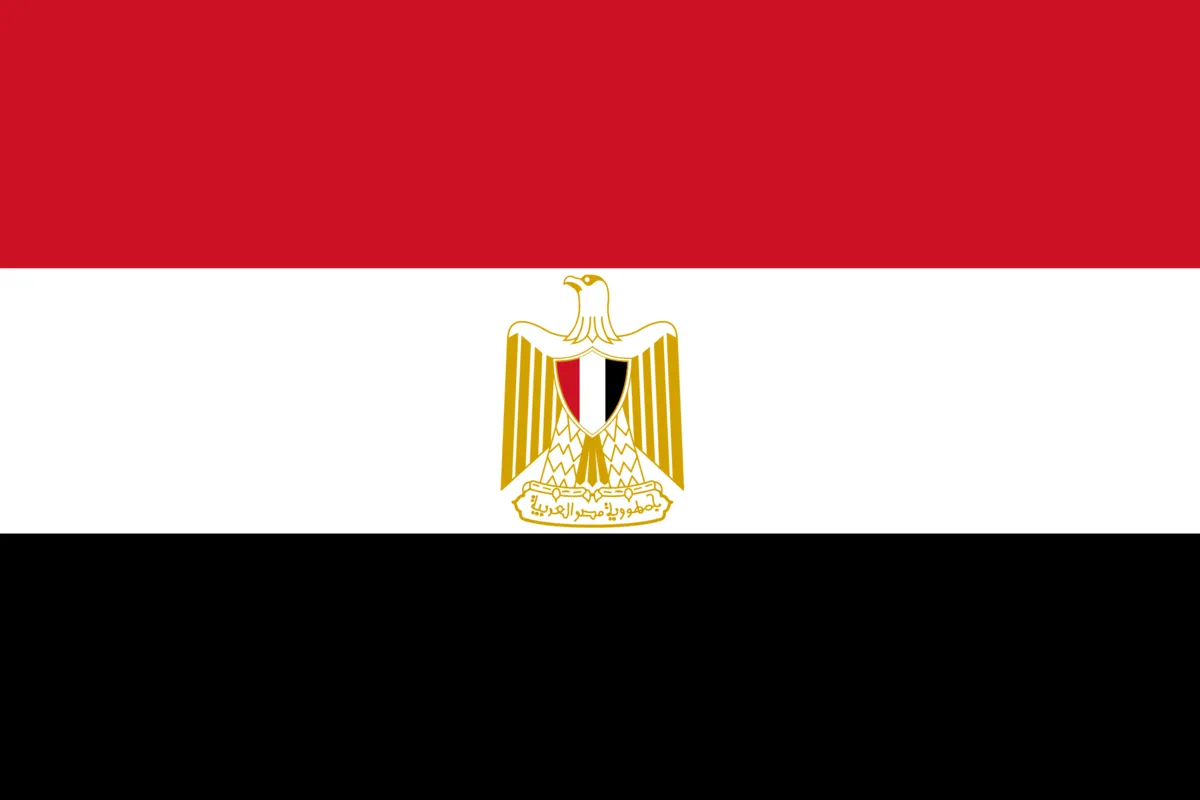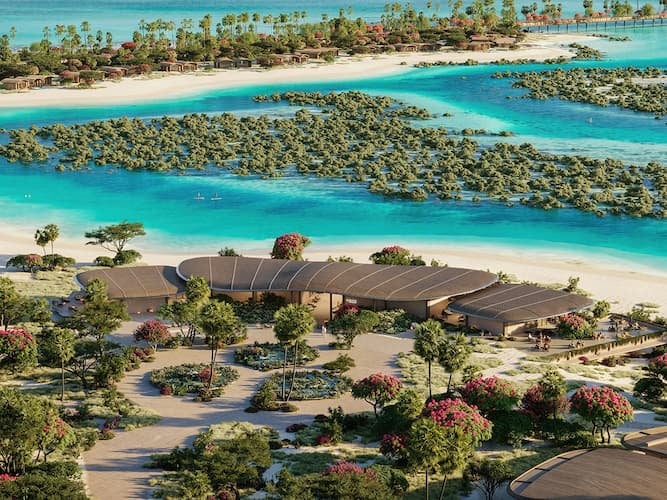Jeddah, the vibrant gateway to Saudi Arabia, holds within its bounds a treasure trove of historical wonders waiting to be explored. From ancient districts steeped in history to modern architectural marvels, Jeddah offers a fascinating journey through time. Let’s look at the best historical places in Jeddah to add to your itinerary, each narrating a unique chapter of the city’s rich heritage.
History of Jeddah
Before we embark on our exploration, let’s briefly touch upon the history of Jeddah. With roots tracing back centuries, Jeddah has been a vital hub for trade and pilgrimage. Its strategic location on the Red Sea made it a crossroads for cultures, leaving an indelible mark on the city’s identity. Over time, Jeddah evolved into a melting pot of traditions, blending the old and the new.
Historical Places in Jeddah
Al Balad Historical District
Our journey begins in the heart of old Jeddah, the Al Balad Historical District. A UNESCO World Heritage Site since 2014, Al Balad is Jeddah’s historical district that enchants visitors with its maze-like streets and historic laneways. Bait Al Balad and Nassif House Museum stand as testaments to the city’s past, offering a glimpse into the lives of its people and showcasing exquisite Arabic calligraphy. The annual Misk Historic Jeddah event adds a touch of festivity, bringing history to life with engaging activities for all.
Nassif House: Known as the Biet Nassif House Museum, this architectural gem from the late 1800s showcases Arabic calligraphy and artworks in its 106 rooms. Originally a gathering place for high-class individuals, today it stands as one of Jeddah’s most alluring aesthetic destinations.

Floating Mosque
Next on our list is the Floating Mosque, also known as the Al Rahmah Mosque. Built on stilts over the water, this sacred place appears to defy gravity with its stunning architecture. Pilgrims and travelers frequent the mosque, especially during early mornings and evenings, captivated by the mesmerizing sunrises and sunsets. The intricate Quranic verses adorning its 56 vibrant windows add to the spiritual ambiance.

Abdul Raouf Khalil Museum
For a journey through the annals of time, the Abdul Raouf Khalil Museum beckons. Stretching over several buildings, it chronicles the Islamic heritage and pre-Islamic era with artifacts spanning more than 2,500 years. From the fishing tribes to the Ottoman Turks, the museum paints a vivid picture of the city’s diverse cultural tapestry and is a must-visit Islamic historical place in Jeddah.

Hassan Enany Mosque
Nestled near the Middle Corniche Park, the Hassan Enany Mosque is a masterpiece of Islamic architecture. The grand dome, Byzantine-inspired minarets, and the intricate calligraphy in Thuluth script create a harmonious blend of tradition and modernity. The mosque, with its spacious courtyard, reflects the progressive culture of modern Saudi Arabia while keeping Islamic aesthetics alive and is one of the most important historical landmarks in Jeddah

Khuzam Palace and Museum
Our journey through history takes us to the Khuzam Palace, a symbol of an architectural marvel. Once the residence of King Abdulaziz, the first monarch of Saudi Arabia, it boasts iron and cement construction—a pioneering feat in its time. The museum within the palace showcases artifacts from the pre-Islamic era, offering a window into the kingdom’s past.

Souq Al Alawi
For a taste of old-world charm, Souq Al Alawi beckons with its antique shops and spice-laden air. Strolling through its vintage streets, visitors can immerse themselves in the authentic atmosphere of old Jeddah. From organic hibiscus flower tea to traditional clothing and jewelry, the souq offers a delightful shopping experience without the intrusion of vehicles.

Tayebat City Museum
Delving deeper into Jeddah’s heritage, the Tayebat City Museum unfolds 2,500 years of history. With ornate minarets and expansive wings, the museum displays over 60,000 artifacts, manuscripts, and a re-creation of the Kaaba. It serves as a captivating journey through the heritage of fishing tribes, pilgrims, and Arabian trade.

Farsi Mosque
Situated on a small island near Jeddah Corniche, the Farsi Mosque is a marvel of modern architecture. Blending contemporary and Islamic design elements, it offers a serene ambiance for congregational prayers. The open vaulted domes and shaded wooden screens contribute not only to the mosque’s aesthetic appeal but also to its environmental sustainability.

Darat Safeya Bin Zagr Museum
Celebrating the unique engineering concept inspired by Mada’n Saleh, the Darat Safeya Bin Zagr Museum stands out for its striking facade. With artworks from the talented Safiya Binzagr, the museum takes visitors on a visual journey through Saudi history and Islamic heritage. The upper floor, hosting a library with cultural sources, caters to literature, culture, and history enthusiasts.

Museum of Home Arts in Jeddah
Situated on Palestine Street, the Museum of Home Arts, part of Abdul Raouf Khalil’s Museums, is a haven for engineering and design enthusiasts. It features archeological models, ancient Hijaz clothing, fragments of the original Kaaba covers, and innovative arrangements of salons and bedrooms. The museum’s two floors offer a creative space for visitors to draw inspiration for their own homes.












